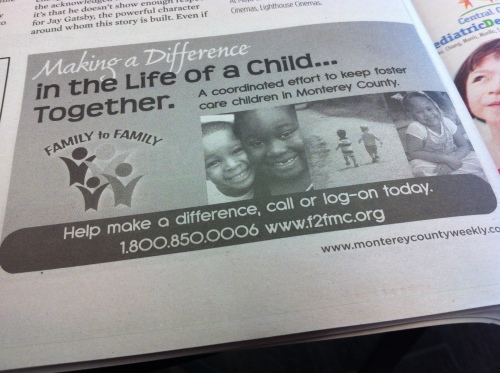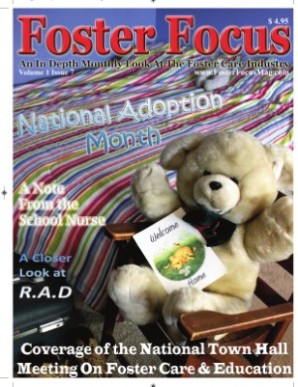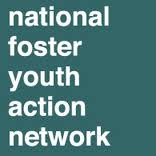May 13, 2012

Vicki Turetsky
Office of Child Support Enforcement Commissioner
U.S. Department of Health & Human Services
Office of Child Support Enforcement
Administration for Children and Families
370 L’Enfant Promenade, S.W.
Washington, D.C. 20447
Dear Commissioner Vicki Turetsky,
As you may know, there are approximately 500,000 children in the foster care system in the United States. Recent studies have shown that foster youth who leave the system without a permanent family or home, face consistent negative life outcomes and suffer with psychological, social, and mental issues.
Children wait months to receive care due to social workers’ caseloads. The government is faced with an overwhelming demand for services and an inability of social workers to cope with demands. More than 20,000 children each year never leave the system until they “age out.” Putting “The Fostering Connections to Success and Increasing Adoptions Act” into effect would increase federal support – promoting adoption and relative guardianship resulting in permanent families; as well as focusing on improving education and health care for foster children.
Enclosed is a report outlining information on the negative effects that are occurring due to the inefficient foster care system, trends that are being seen within the children, statistics proving so, and possible alterations. Above all, the implication of The Fostering Connections to Success and Increasing Adoptions Act is at hand and stressed.
With your 30 years of experience as a public administrator and advocate for low-income families, I seek for you help. Your expertise in family policy and influential acts in enhancing child support payments to families can make the difference between the Fostering Connections Act being successfully implemented and states failing to act in accordance with the law. Thus, your expertise and moral commitment is greatly needed to encourage state agencies and legislatures to take advantage of this law’s provisions and help emphasize the need for suitable implementations.
Please consider this proposal for the foster youth aging and engaging in our communities.
Sincerely,
Betsaida A. Garcia
California State University, Monterey Bay
Collaborate Health and Human Services Major
Concentration in Social Work
Restorative Justice Partners Inc. Mediator





 I think having a magazine out about foster care is such a good recognition method. Slowly the distribution of “Foster Focus” can increase and bring awareness to more communities. A magazine talking about the issues presented, as well as advertising proposals and programs available is needed.
I think having a magazine out about foster care is such a good recognition method. Slowly the distribution of “Foster Focus” can increase and bring awareness to more communities. A magazine talking about the issues presented, as well as advertising proposals and programs available is needed. 

